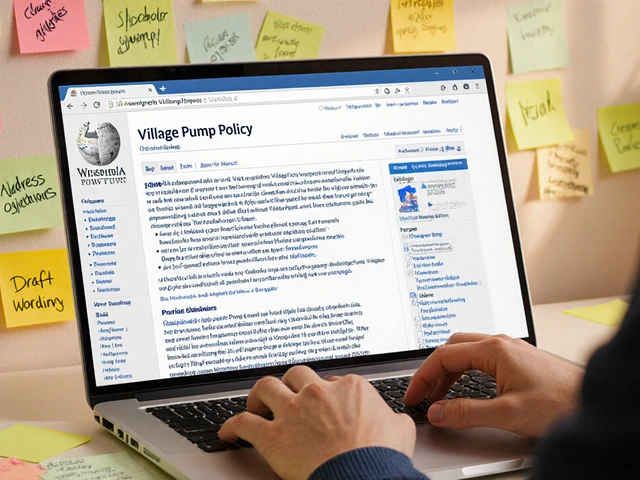Wikimedia infrastructure: How Wikipedia stays online without ads or corporate cash
When you search for something on Wikipedia, you’re not just accessing a website—you’re tapping into a global Wikimedia infrastructure, the combined hardware, software, and human systems that keep Wikipedia running 24/7 without ads or corporate funding. Also known as Wikipedia’s technical backbone, it’s built on open-source tools, donated servers, and thousands of volunteer developers who prioritize stability over speed. Unlike every other major website you use, Wikipedia doesn’t sell your data, run pop-ups, or chase clicks. Instead, it relies on a quiet but powerful network of servers, code, and community-driven maintenance to stay up and reliable.
This infrastructure includes the MediaWiki, the custom-built software that powers Wikipedia’s editing interface and database structure, which handles everything from page edits to vandalism rollback. It also depends on Wikidata, a central knowledge base that stores structured facts used across all language versions of Wikipedia, so updating a country’s population in one place updates it everywhere. Behind the scenes, the Wikimedia Foundation, the nonprofit that oversees the technical and legal side of Wikipedia manages donations, secures data centers, and coordinates with volunteers to keep the system secure and scalable. All of this runs on open-source code, meaning anyone can inspect, improve, or replicate it—but only a small group of experts actually maintain it day to day.
What makes this system remarkable isn’t just that it works—it’s that it works at scale. Wikipedia gets over 1.5 billion visits a month. Its servers handle millions of edits daily. And yet, there’s no CEO telling engineers to rush a feature. No investor demanding faster growth. Just a steady, careful focus on keeping knowledge accessible. The infrastructure isn’t flashy. It doesn’t have TikTok trends or viral ads. But it’s one of the most resilient digital systems on the planet. And it’s all built by people who care more about truth than traffic.
Below, you’ll find real stories from inside this system: how volunteers keep the servers running, how AI is being tested without breaking trust, how funding debates shape what gets built, and how the tech team balances innovation with the need to never break Wikipedia for its readers. These aren’t theoretical discussions—they’re daily battles fought in code, policy, and community meetings. If you’ve ever wondered how Wikipedia stays up while everything else changes, this is where the answer lives.
Disaster Recovery and Backups for Wikipedia Infrastructure
Wikipedia's disaster recovery system keeps the world's largest encyclopedia running nonstop. Learn how hourly backups, global redundancy, and automated failover prevent data loss - and what small sites can learn from it.







